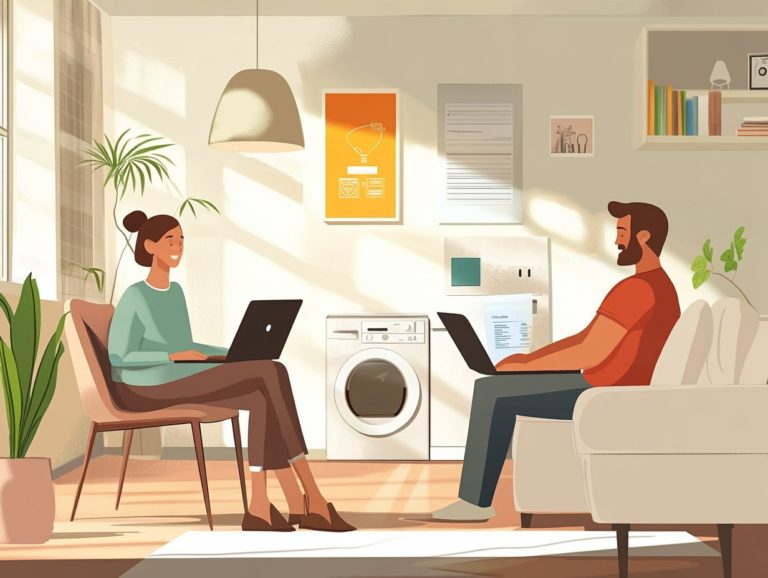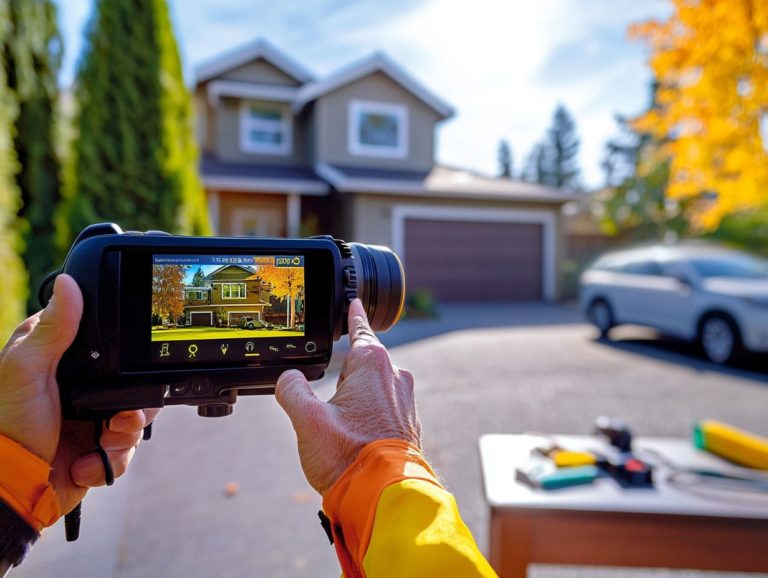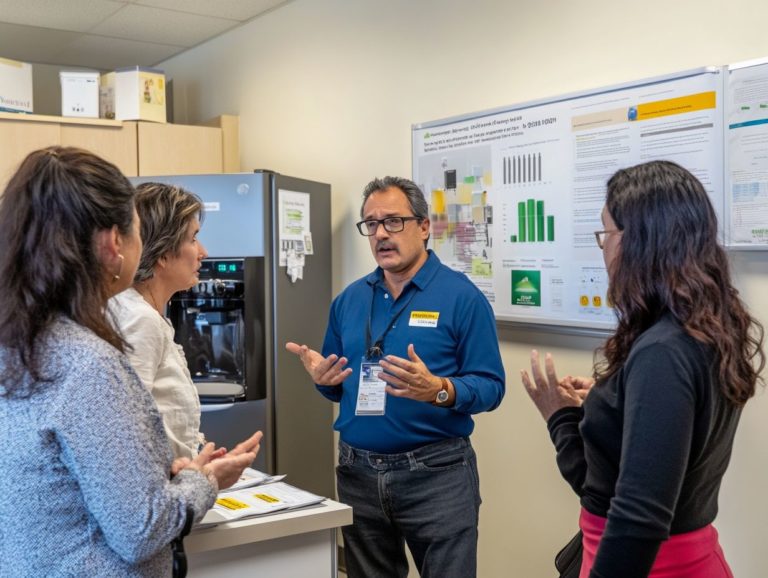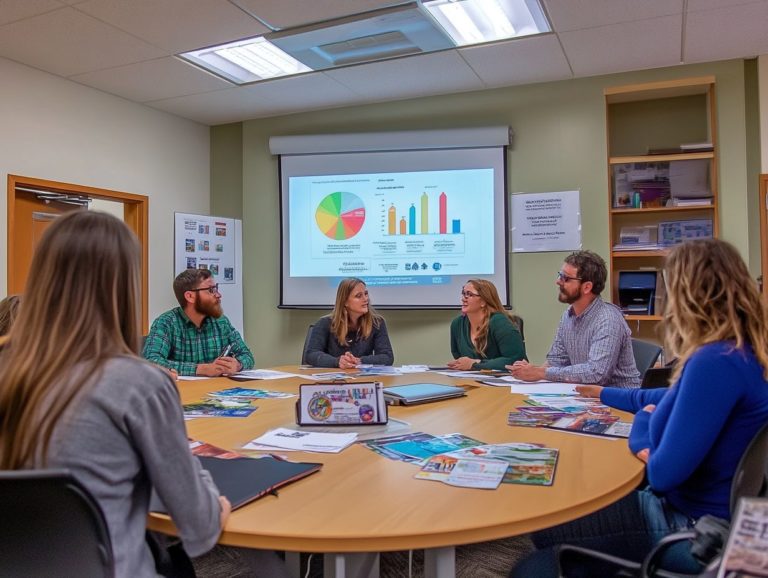Energy Audit Strategies for Older Homes
Older homes are full of charm, but they can cost you more in energy bills than you realize! These residences may hide energy inefficiencies that inflate your utility costs and affect your comfort.
This is why energy audits, or check-ups for your home’s energy use, are crucial for these distinctive houses. You will learn how to tackle the unique challenges of older homes. Plus, we ll guide you through preparing for your energy check-up.
The guide covers essential tools, common issues, and effective upgrades to boost your home’s efficiency.
You will also discover tips for maintaining that energy efficiency for years to come. Whether you re a homeowner or a potential buyer, this guide will empower you to unlock your home s full energy potential.
Contents
- Key Takeaways:
- The Importance of Energy Audits for Older Homes
- Preparing for an Energy Audit
- Conducting an Energy Audit
- Common Problem Areas in Older Homes
- Implementing Energy Efficiency Upgrades
- Maintaining Energy Efficiency in Older Homes
- Frequently Asked Questions
- What is an energy audit for older homes?
- Why is an energy audit important for older homes?
- What are some common strategies used in energy audits for older homes?
- How long does an energy audit for an older home typically take?
- Can homeowners perform their own energy audit for their older home?
- How much does an energy audit for an older home typically cost?
Key Takeaways:
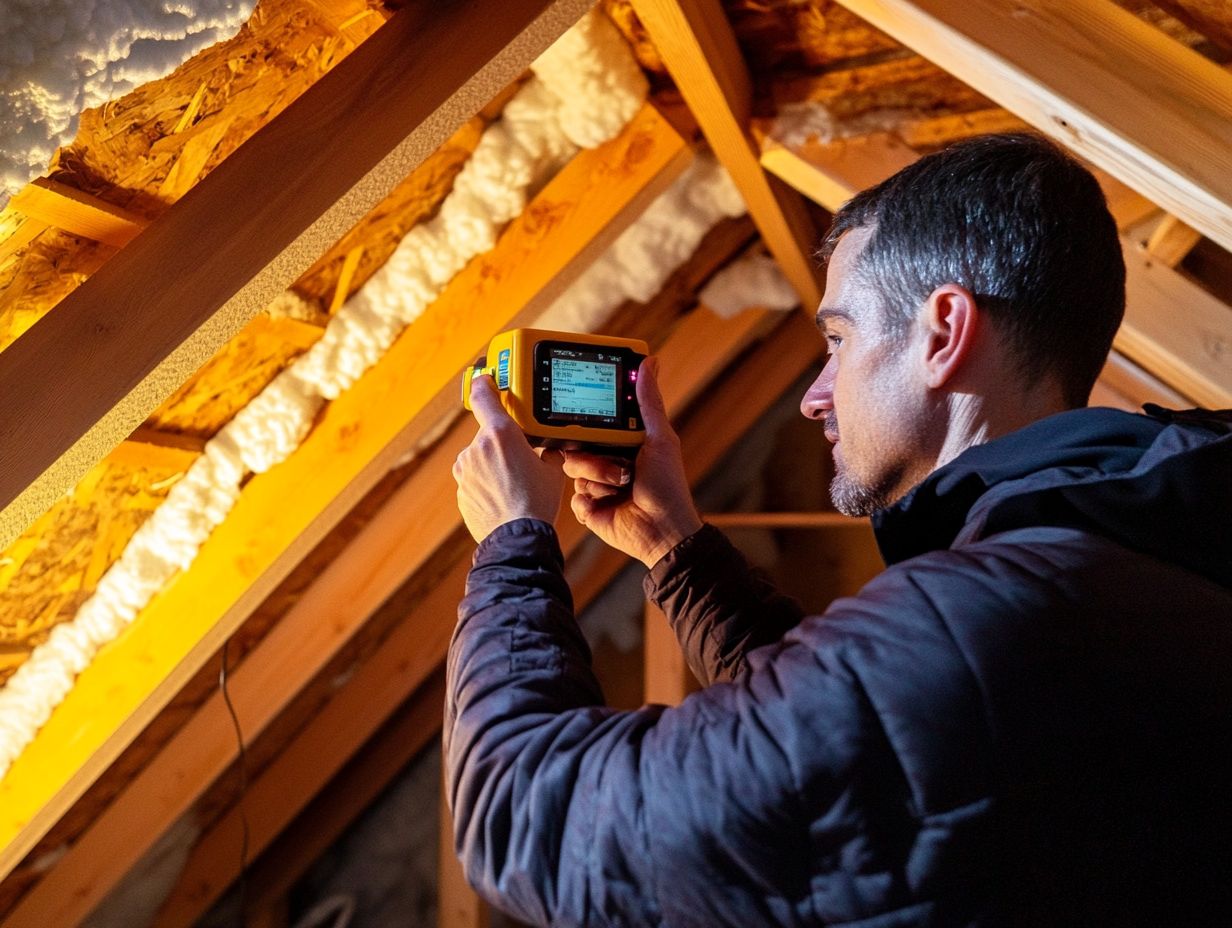
Regular energy audits are crucial for older homes due to their unique structural and efficiency challenges, and implementing weatherproofing strategies can significantly enhance their performance.
Before an energy audit, it’s important to declutter and make necessary repairs for accurate assessments.
Proper insulation, air sealing, and replacing outdated appliances are cost-effective ways to improve energy efficiency and lower utility bills.
The Importance of Energy Audits for Older Homes
Energy audits are essential for boosting the efficiency of older homes, which often struggle with outdated systems and insufficient insulation. Utilizing energy audits: tools for home improvement can significantly enhance your home’s performance.
By undertaking a thorough energy audit, you can pinpoint specific areas that need improvement. This ensures your living space becomes more comfortable and cost-effective over time.
Using advanced tools like thermal imaging, along with insights from reputable organizations such as Duke Energy and ENERGY STAR, allows you to take meaningful steps toward reducing energy consumption and enhancing your home s performance.
Taking action now helps keep your home valuable and good for the planet.
Why Older Homes Need Special Attention
Older homes demand your careful consideration. They present unique challenges, such as outdated insulation and inefficient HVAC systems that drive up energy costs.
These issues affect not just comfort but also have environmental consequences. When renovating, you must balance preserving historical charm with modern, eco-friendly solutions.
By opting for sustainable materials and energy-efficient appliances, you can significantly lower utility bills and carbon emissions.
Organizations like the National Trust for Historic Preservation promote sensitive renovations that respect a home s character while enhancing energy efficiency.
By embracing these efforts, you ensure that older homes retain their historical value and meet contemporary environmental standards.
Preparing for an Energy Audit
Preparing for an energy audit involves several crucial steps to maximize the benefits of your home energy assessment.
Start by evaluating your current energy-efficient appliances and consider upgrades like programmable thermostats to enhance your home’s efficiency.
Steps to Take Before the Audit
Before diving into an energy audit, you should take proactive steps, such as checking your HVAC system and applying caulk and weatherstripping to seal pesky drafts.
Beyond these initial measures, consider replacing incandescent bulbs with energy-efficient LED light bulbs. They shine just as brightly but consume significantly less electricity. It s a win-win for your wallet and the environment.
Examine your appliances for energy efficiency ratings and think about upgrading to models that use less power.
Assessing your home energy score can provide invaluable insights into your overall energy performance, helping you identify areas that need a little TLC. By implementing these straightforward changes, you ll enhance your energy efficiency and potentially lower your utility bills before the audit even begins.
Conducting an Energy Audit
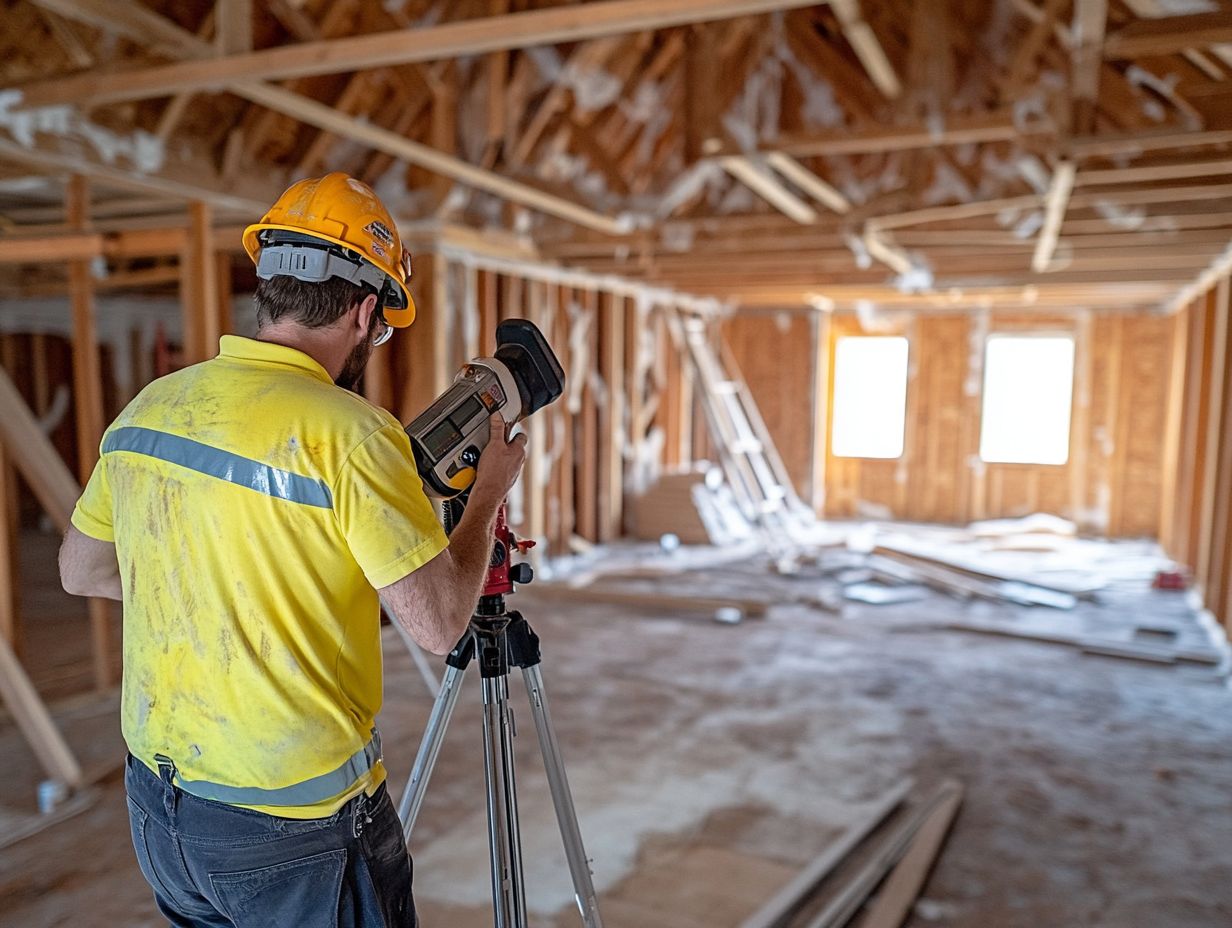
Conducting an energy audit involves simple tools and methods aimed at uncovering energy inefficiencies within your home. This includes heat imaging, which can pinpoint areas of heat loss and identify inefficiencies in HVAC systems, highlighting opportunities for enhancements like installing double-pane windows.
By leveraging these methods, you can gain valuable insights into your home’s energy performance and discover ways to optimize efficiency.
Tools and Techniques Used
An energy audit employs a range of simple tools and techniques, including thermal imaging, to visualize heat loss. This process is essential for assessing the efficiency of your HVAC systems and identifying optimal energy-saving solutions.
Alongside thermal imaging, auditors frequently conduct blower door tests to measure air leakage. By creating a pressure difference, these tests effectively reveal drafts and weak seals around doors and windows.
This comprehensive data enables you to see precisely where energy is wasted. With these insights, you can develop targeted strategies, such as enhancing insulation or exploring alternative heating solutions like propane.
These customized approaches not only elevate your comfort but also lead to significant reductions in energy consumption, setting the stage for sustained long-term savings.
Common Problem Areas in Older Homes
Older homes often showcase specific problem areas that can greatly impact energy efficiency. You might encounter inadequate insulation, air sealing issues, and outdated energy-efficient appliances, all of which can significantly hinder your home’s performance.
Identifying and Addressing Issues
Identifying and addressing issues during an energy audit can lead to remarkable improvements. Upgrading insulation, installing low-flow fixtures, and replacing outdated appliances with energy-efficient models can make a big difference.
These changes enhance the comfort of your living spaces and contribute to substantial cost savings on your energy bills over time.
Focus on insulation upgrades, which serve as the backbone of energy efficiency by preventing unwanted heat or cool air from escaping.
Installing low-flow fixtures, such as showerheads and faucets, can significantly reduce your water usage without sacrificing performance.
Applying caulk and weatherstripping around windows and doors seals gaps and optimizes energy retention.
These simple steps can lead to big benefits in both your utility expenses and overall environmental impact.
Implementing Energy Efficiency Upgrades
Implementing energy efficiency upgrades in your older home can be a savvy choice that balances effectiveness with budget-consciousness. Consider options like installing smart thermostats, upgrading to geothermal heat pumps, and replacing traditional bulbs with LED light bulbs.
Each step you take enhances your home s comfort and contributes to long-term savings on your energy bills.
Cost-Effective Solutions for Older Homes
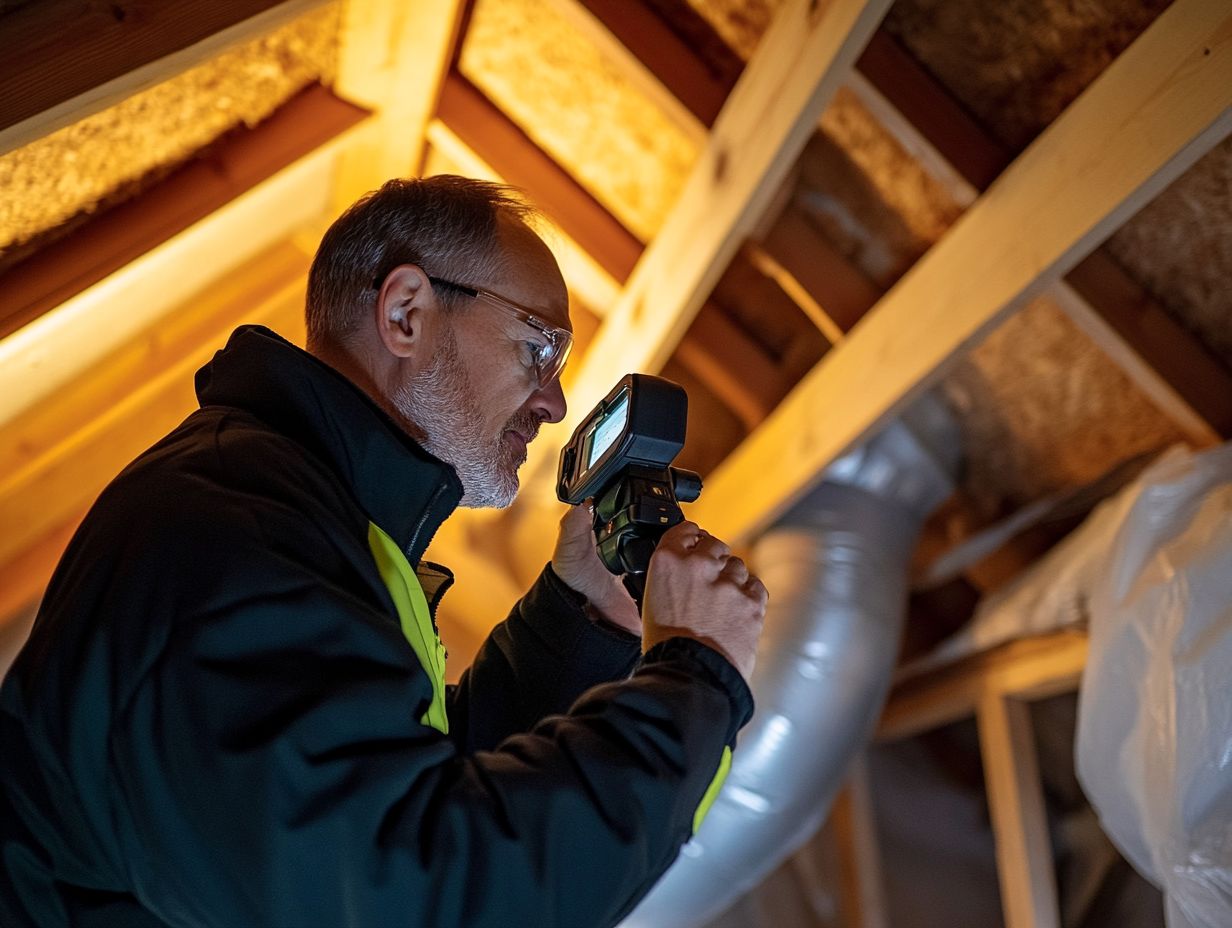
Cost-effective solutions for older homes encompass a range of energy-efficient appliances and budget-friendly projects, like installing double-pane windows that can significantly cut down on energy consumption.
Consider upgrading your heating and cooling systems to ENERGY STAR-rated units. These are specifically designed to minimize energy use while maximizing your comfort.
Integrating smart thermostats allows you to adjust temperatures based on occupancy, leading to further savings on your utility bills.
Enhancing insulation in your attics and walls allows for better temperature retention and reduces heating demands.
Participating in local energy audits can unveil specific areas for improvement, helping you prioritize projects that offer the best returns.
These enhancements not only save you money in the long run but also contribute positively to a more sustainable living environment. Start making these changes today for a more comfortable and cost-effective home!
Maintaining Energy Efficiency in Older Homes
Maintaining energy efficiency in older homes requires continuous attention. Regularly check your energy-efficient appliances and program your thermostats properly to save on cooling costs.
Tips for Long-Term Energy Savings
Try different ways to save energy. Consider adding low-flow fixtures, investing in efficient heating, ventilation, and air conditioning (HVAC) systems, and using LED light bulbs throughout your home.
Integrating smart home technology can significantly improve how you manage energy use. Regular energy audits will help identify areas for improvement and reveal hidden energy leaks.
These audits empower you to make informed decisions about insulation and appliances. Stay proactive and schedule these assessments regularly to maximize your energy efficiency and enjoy lower utility bills!
Simple adjustments, like sealing windows and installing programmable thermostats, can bolster your energy-saving efforts.
Frequently Asked Questions
What is an energy audit for older homes?
An energy audit is a detailed assessment of how efficiently an older home uses energy. It identifies areas where energy is wasted and suggests strategies for improvement, such as conducting a home insulation audit.
Why is an energy audit important for older homes?
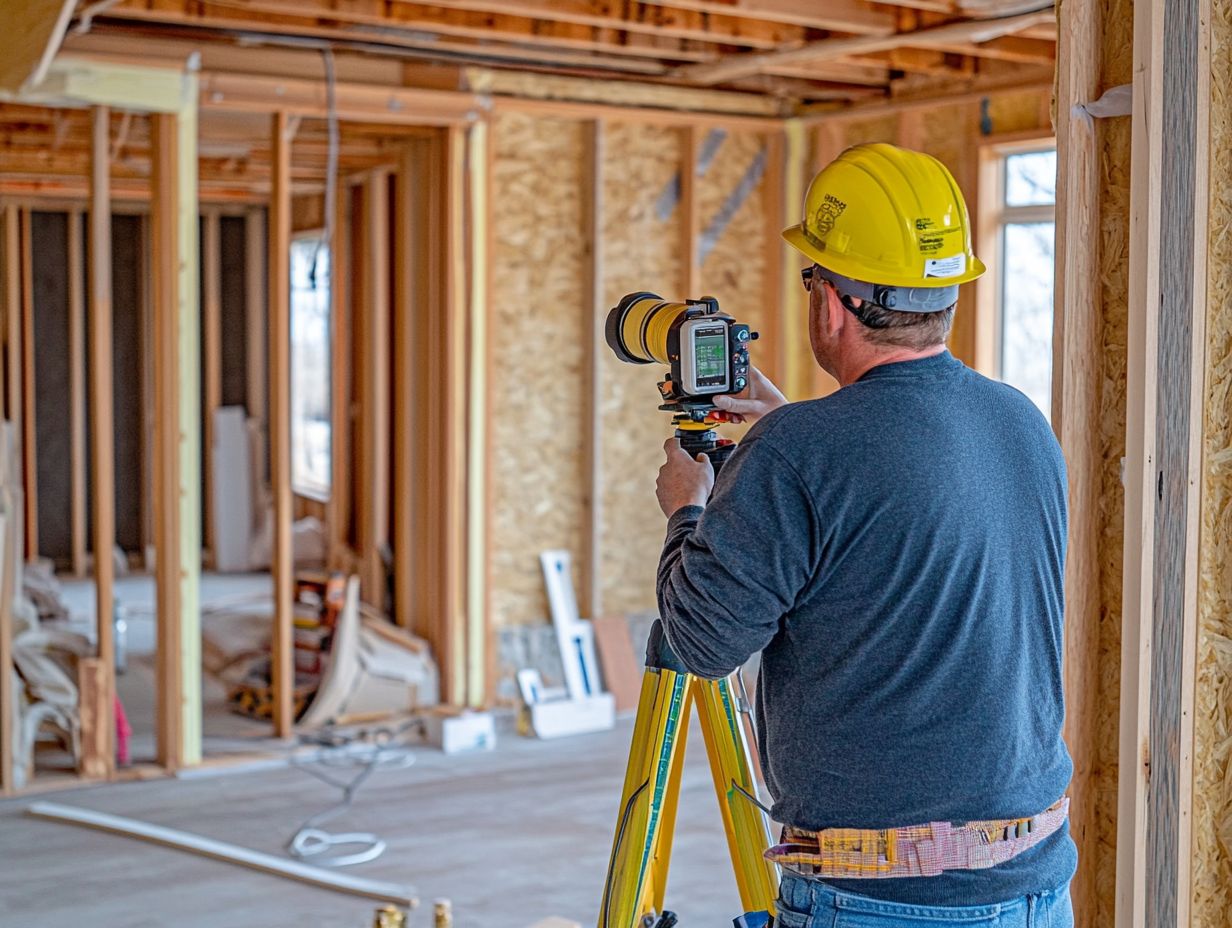
Older homes often have outdated systems, leading to high energy bills and discomfort. An energy audit pinpoints these issues and offers recommendations for cost-saving improvements.
What are some common strategies used in energy audits for older homes?
Common strategies include air sealing, upgrading insulation, and improving HVAC systems. These methods help reduce energy waste and lower your utility bills.
How long does an energy audit for an older home typically take?
The duration of an energy audit can vary by home size and complexity. Typically, it takes between 2 to 4 hours to complete.
Can homeowners perform their own energy audit for their older home?
Homeowners can conduct some initial assessments, but it s best to hire a professional for a thorough evaluation. Professionals have the right tools and expertise to spot energy inefficiencies that might be overlooked.
How much does an energy audit for an older home typically cost?
The cost varies based on location, home size, and audit complexity. Generally, expect to pay between $200 to $500. Some utility companies may offer discounted or free audits for their customers.


